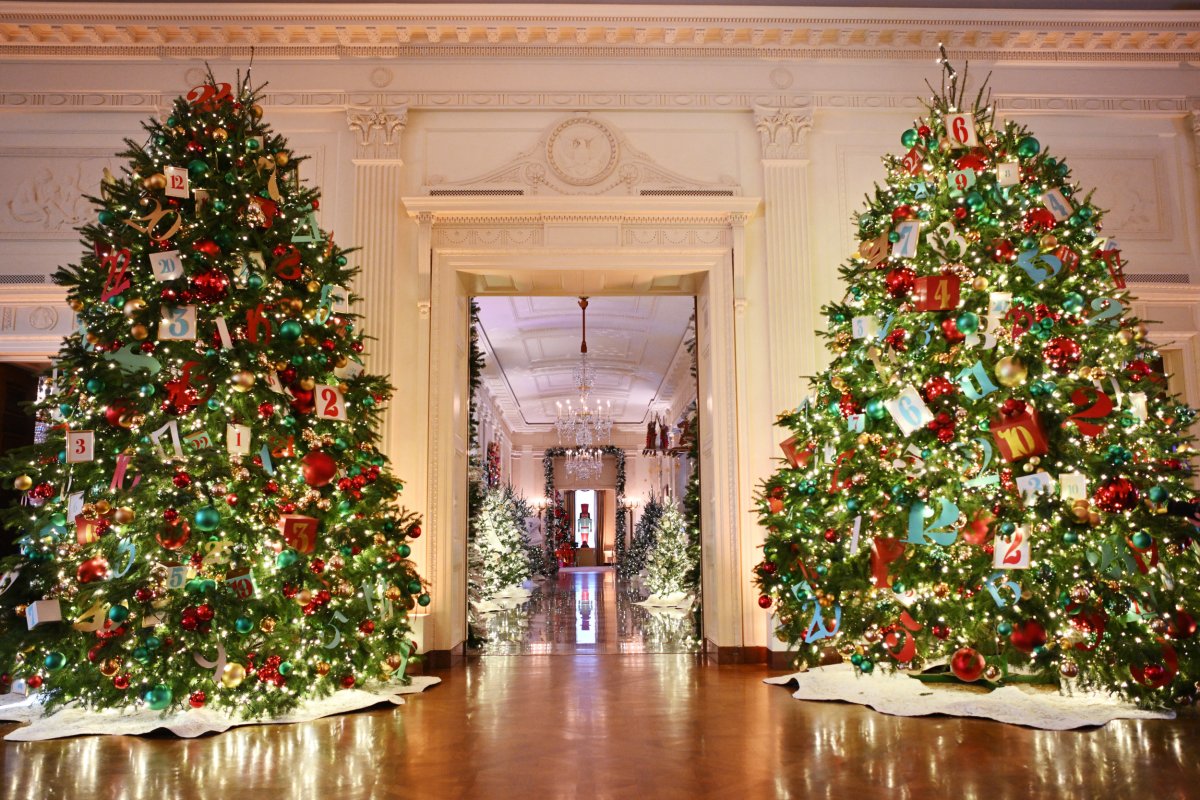Christmas is one of the most celebrated holidays in all of the US. The presence of a magnificent Christmas tree marks the holiday in all homes.
And like all of America, the white house too is a part of the tradition. The topic of Christmas trees in today’s world is a controversial one.
There are severe environmental consequences to the farming of large-scale Christmas trees.
But that doesn’t mean the celebrations are to be put off altogether. The beautiful trees are still among people’s white Christmas decor ideas.
Objections to the tree, however, started years ago. There was even one particular Christmas when the presence of a Christmas tree had been banned in the white house.
Join us as we discuss Christmas in the White House and how it came close to being canceled.
The Tradition of Christmas in America and the White House
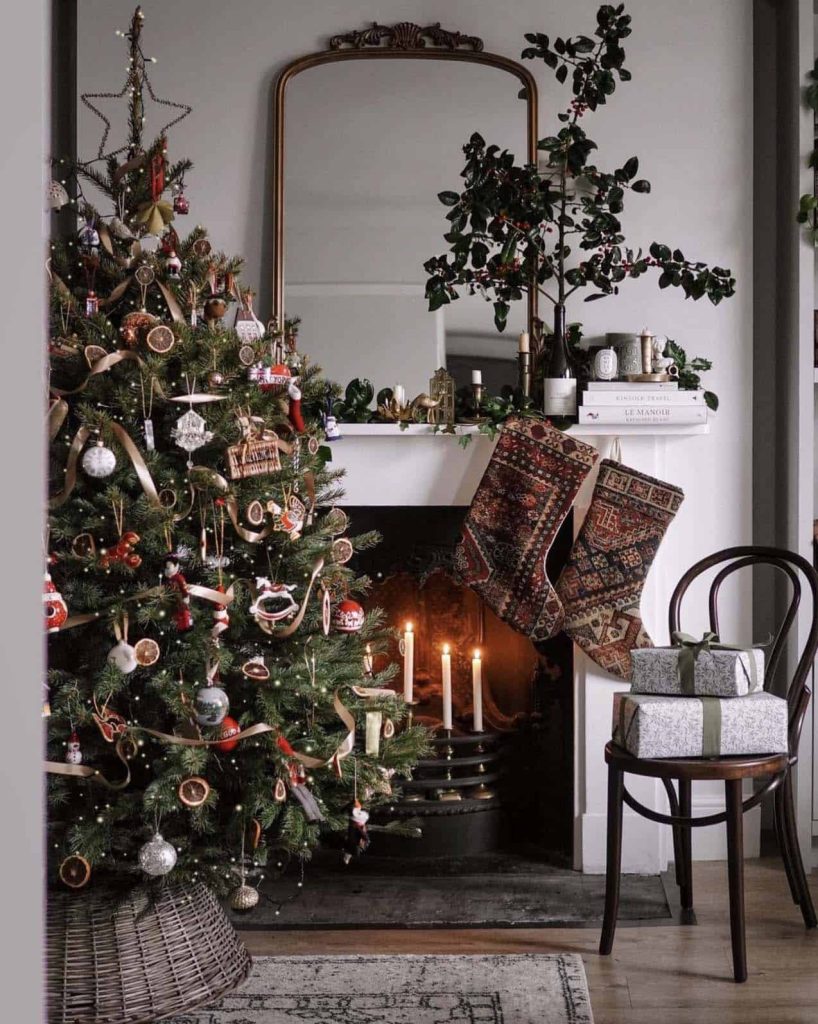
The tradition of Christmas that we all know today came to America in the 1830s.
Originally, German immigrants introduced the tree to celebrate the winter solstice.
While initially it was more of a pagan ritual, it became a beloved one in American homes.
It was in the late 19th century that the decoration of an indoor tree gained importance.
In the White House, the tradition came into being in the year 1889, during the Benjamin Harrison administration.
The tree made an appearance in the Front Oval office.
The presence of a Christmas tree in the White House always had to do with children in the family.
Teddy Roosevelt: The President Who Banned Christmas Trees
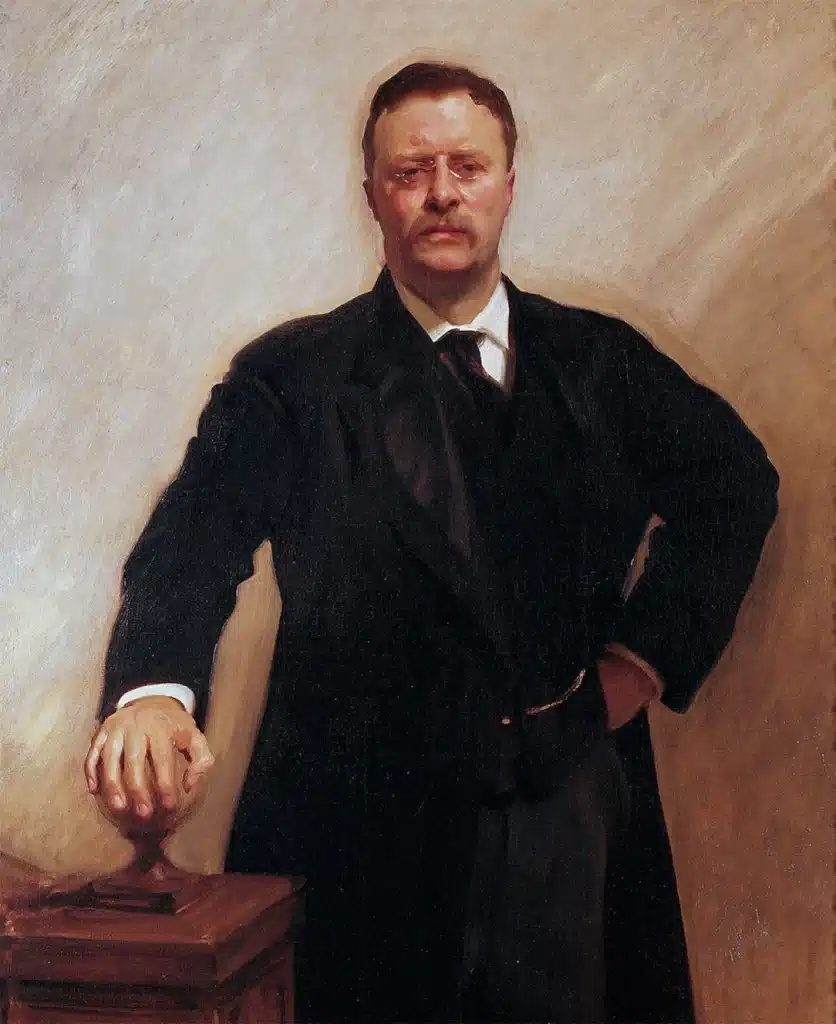
President Theodore Roosevelt is one of the most influential presidents of the US.
He is known for being a great orator and an even greater environmentalist.
According to the National Park Service, he was known as the “conservationist president”.
But Theodore Roosevelt was also a father to 6 children, who were spending Christmas in the white house.
That meant the need to deck the halls and bring out the Christmas tree.
Imagine the shock of Roosevelt’s family and staff when he gathered them come December in the second year of his term.
1902 saw the astounding news, that Christmas trees were banned in the White House!
The Reason Behind the Historic Ban
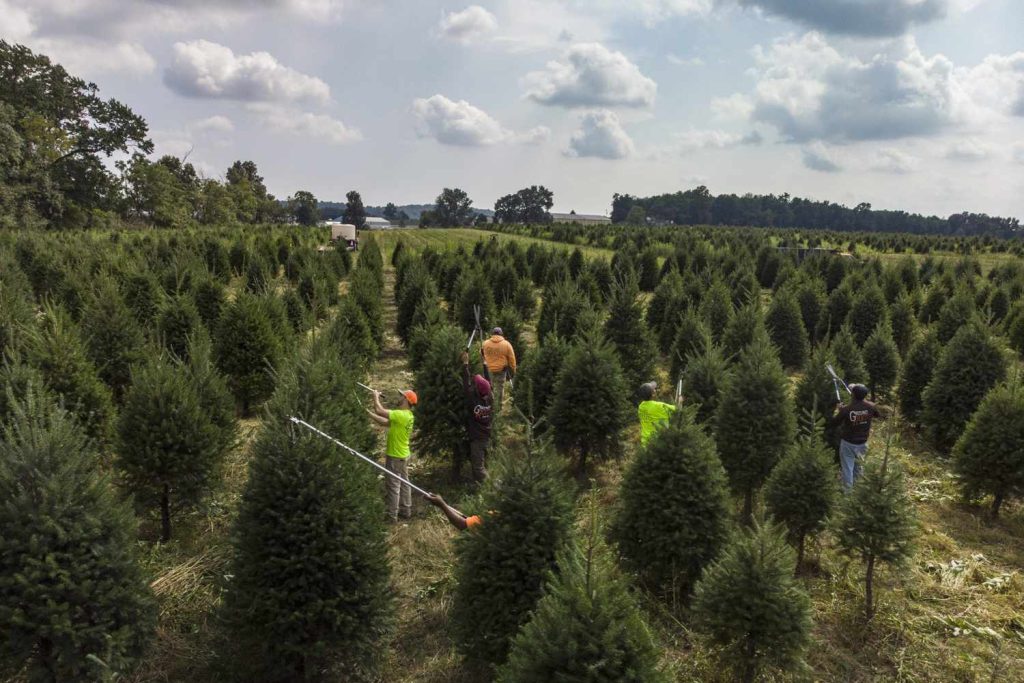
Though it may seem like it, Theodore Roosevelt did not hate Christmas. He tried his best to make Christmas special in the house.
However, he loved the American Great Outdoors equally.
His stance on the preservation of the natural landscape made waves in Congress.
He also made it possible to save 130 million acres of forest, wildlife refuges, and national parks.
Christmas trees, while beautiful to look at, are not exactly environmentally logical.
The cultivation of these trees also requires huge amounts of water, pesticides, and herbicides. This in turn disturbs the ecosystem greatly.
The process of mass deforestation to celebrate only for a month seemed excessive to Roosevelt.
Banning the addition of a Christmas tree within the White House, he planned on making a statement.
To him, the rest of the country might follow the example set by their president, and stop the harmful tradition.
Archie Roosevelt and the Secret Tree
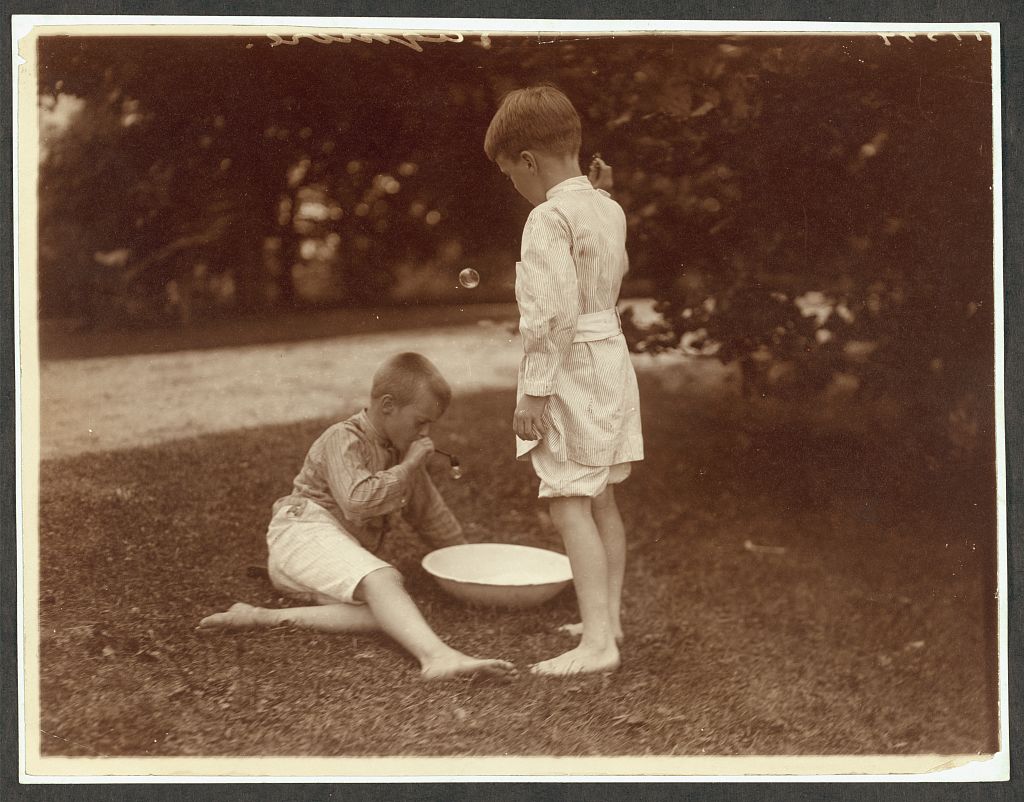
There can be no doubt that Roosevelt’s heart was in the right place.
The other members of the household did not receive the news lightly. To them, it almost felt as if Christmas had been canceled.
Archie Roosevelt, the fifth son of the president decided that a Christmas without the tree was just not right.
So he, along with his younger brother Quentin quietly went and got a tiny tree for themselves.
This secret tree was then hidden in one of the less visited rooms of the white house.
And like all Christmas trees, it was decorated beautifully, with popcorn, ribbons, and tinsel.
The children had even managed to get the electrician to use lights in decorating the tree.
It had all been worth it when Christmas Eve came, and they surprised the whole family.
The Christmas tree in the seamstress’s closet had been a glorious sight for everyone.
Even Theodore Roosevelt couldn’t help but admire the beauty of the tree.
Saving Christmas
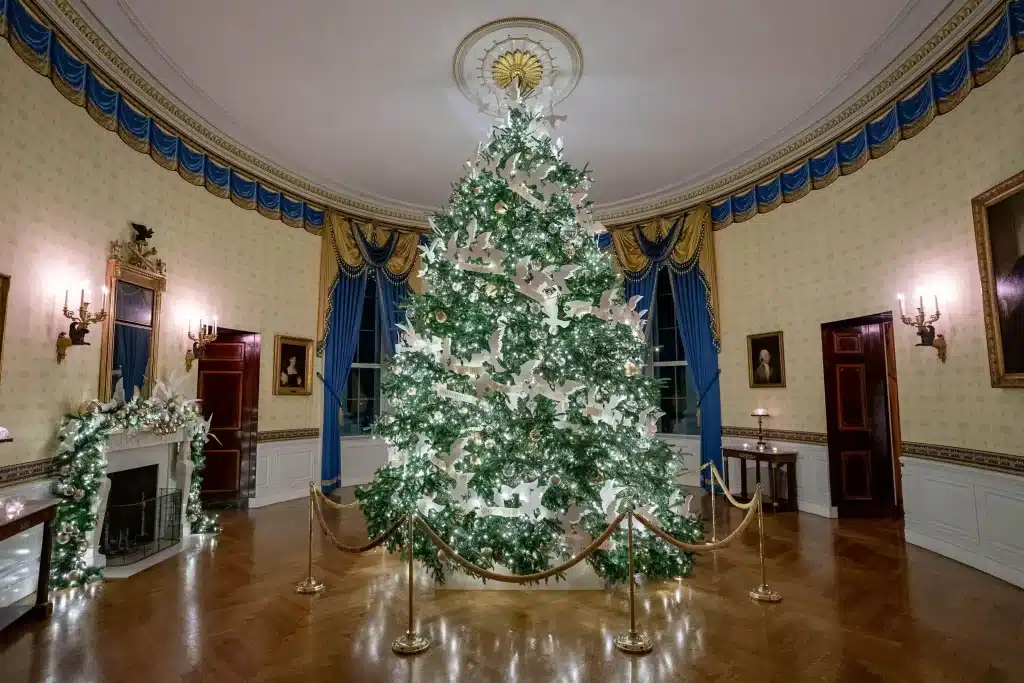
The president’s little children may have saved Christmas that year, but the doubt remained.
For Teddy, it was a good idea to teach the boys about the impact of Christmas trees on the environment.
So he called up Gifford Pinchot, the famous environmentalist to get his point across.
Imagine Roosevelt’s surprise when he found out that harvesting Christmas trees might be good for the environment.
According to Pinchot, cutting down big trees is sometimes beneficial for the smaller trees.
The practice also helps forests grow as the small trees get more sunlight.
The annual cutting down of trees also helps with the carbon dioxide in the environment.
As the old trees are made into mulch, recycling and giving back to the forest, in one way or another.
The advice of Pinchot helped Roosevelt’s understanding, easing his mind about the traditional practice of cutting trees.
And so, the ban on Christmas trees in the White House was lifted.
Summing It Up
The tradition of having Christmas trees in our homes dates back to the 19th century.
Even without electricity, it was adorned with candy, candles, tinsel, popcorn, and ribbons.
The sight of Christmas trees in homes is a nostalgia we cannot do without.
However, there had been a time when the tradition was about to be banned in the White House.
President Theodore Roosevelt had almost canceled cutting trees for Christmas because of environmental concerns.
In the end, however, his children’s interests had prevailed. Along with Gifford Pinchot, the Christmas tree was reinstated in the white house.
What do you think about this titbit of information, tell us in the comments below!

